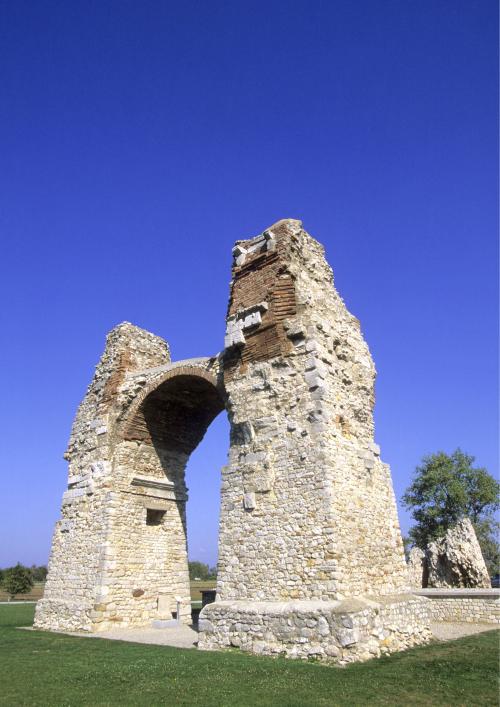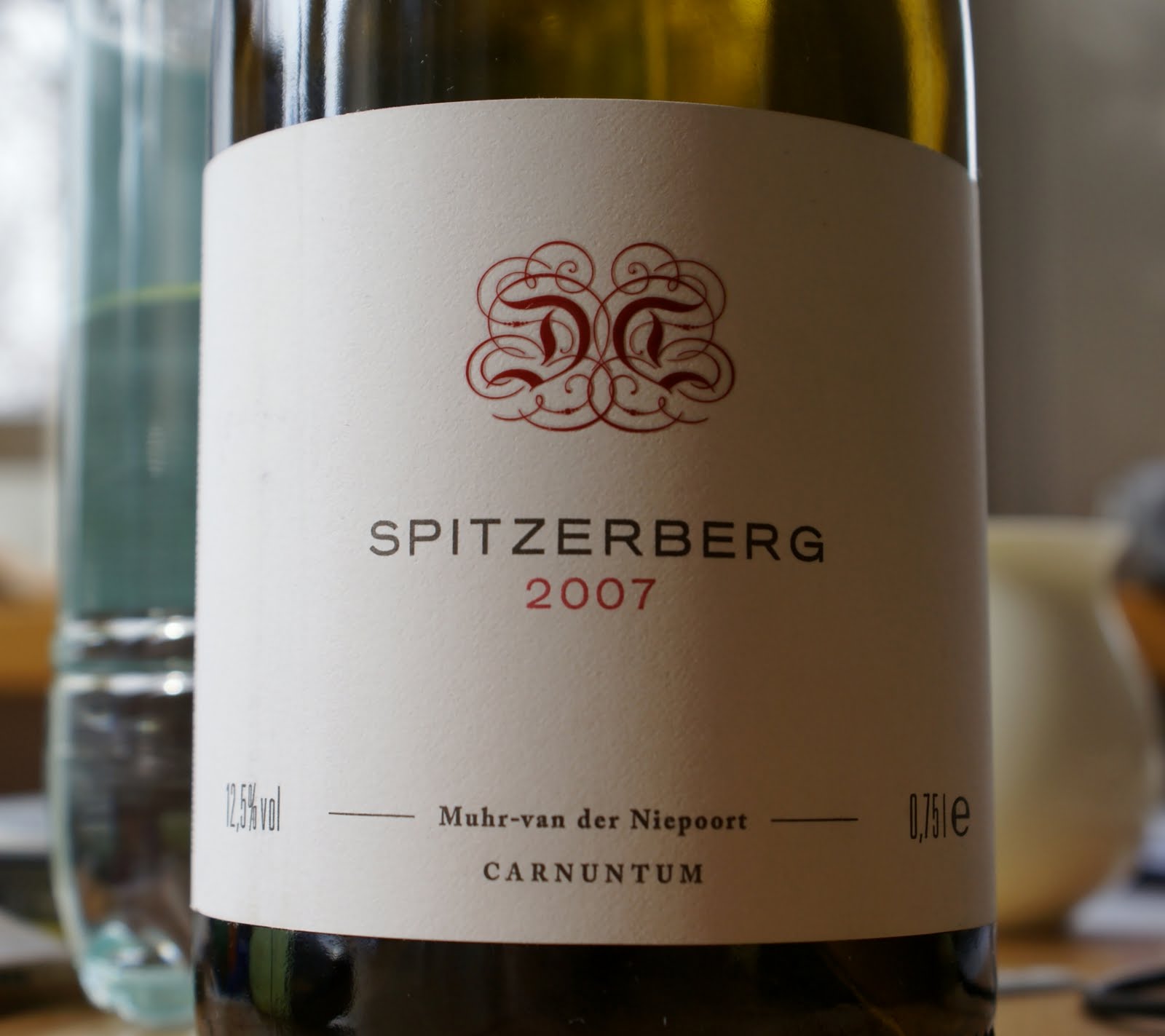Positive energy
Posted on 23 March 2010
The annual Austrian trade tasting in Warsaw (read here about the 2009 edition) has been as exciting as always. Austrian wine is on the upswing (+60% sales in Poland last year), and years of consistent quality work and intelligent communication are beginning to pay out. And so it was good to see some happy faces and positive attitude in what remains a troubled time for the wine ‘industry’.
I’ve been a little more explorative than usually with my tasting this year, and one estate I’ve never even heard about before that provided some exciting drinking was Uibel from the Weinviertel (usually Austria’s most rustic and unexciting region), where young Leopold Uibel is making some very individual wines of striking mineral purity. From the positively Burgundian Zweigelt through the surprisingly Muscadetish Grüner Veltliner DAC to the crystalline low-sulphur Katzensprung Grüner Veltliner 2008, these are all very essential wines in that traditional-progressive terroir-revelatory style that is gaining momentum throughout Europe. (Thanks to Michael Turner of Austriasfinebrands.com for sending me here).
Talking about terroir-revelatory, apart from Schloss Gobelsburg including a memorable Lamm Grüner Veltliner 2008, the major emotion of the tasting was with Weingut Muhr–van der Niepoort where wine PR virtuoso Dorli Muhr showed what might well soon become Austria’s premier red wine collection. It is the more ironic that this should happen in Carnuntum, a warm region on sands, clays and loess east of Vienna that undoubtedly has some fine red wine terroirs but has in the last decade misused them to produce some of the most indigestible oaky monsters in Austria and beyond. Catering for the insatiable home market that has a Freudian preference for Ribera del Duero-lookalikes, Carnuntum producers have so far favoured Zweigelt and Merlot as their grape varieties of choice, and with one or two exceptions (Gerhard Markowitsch) the resulting wines have proved, to me, undrinkable.
Dorli Muhr, instead, focuses on Blaufränkisch, that challenging traditional Austrian grape which with old vines and the right approach can produce wines of surprising depth and minerality. The approach here is surely very thorough and includes port-inspired food-treading for a softer and deeper extraction, unrushed fermentation (including some stems) in open-top vats and ageing in mostly used oak. The wines are made by Dorli with the help of Peter Veyder-Malberg (formerly Graf Hardegg, and now his own, promising, estate in the Wachau), Dirk Niepoort, and now South African Craig Hawkins.
It took me some time to ‘get’ these wines: the 2004s left me lukewarm, the 2006s were very good but the 2007s are simply stunning. There is a field grape blend called Rote Erde, a straight Syrah, Prellenkirchen: a Riesling–Veltliner white blend (that sees some foot-treading!), but most importantly there is the simple Blaufränkisch Carnuntum (at 12€ easily the best buy here) and the single-vineyard Spitzerberg were vines are some 60–80 years.
Put briefly, the wines are light in colour, low in alcohol, high in freshness, with the clean fruit flavours (cherries, strawberries) and peppery spice of Blaufränkisch, good acids, and some remarkably mineral tannins unadulterated by oak. Put simply, these wines are very un-Austrian: they are going very much against the national mainstream of dense, concentrated, extracted, oaky reds. (It’s only Moric, the pioneer of un-interventionist old-vine Blaufränkisch, that comes close). You can call them Burgundian, although with their pomegranate and brick dust spice they have more than a bit in common with some of the ‘natural’ wines of Italy and France. Most remarkably, after the dead-fruit and dead-oak inert red wine style that has dominated and continues to dominate in much of Austria, Dorli Muhr’s wines have a striking positive energy: those clean, zesty, vibrant flavours of fruit and stone resonate on your palate like a finely pitched violin string. It’s the tune of the future.



